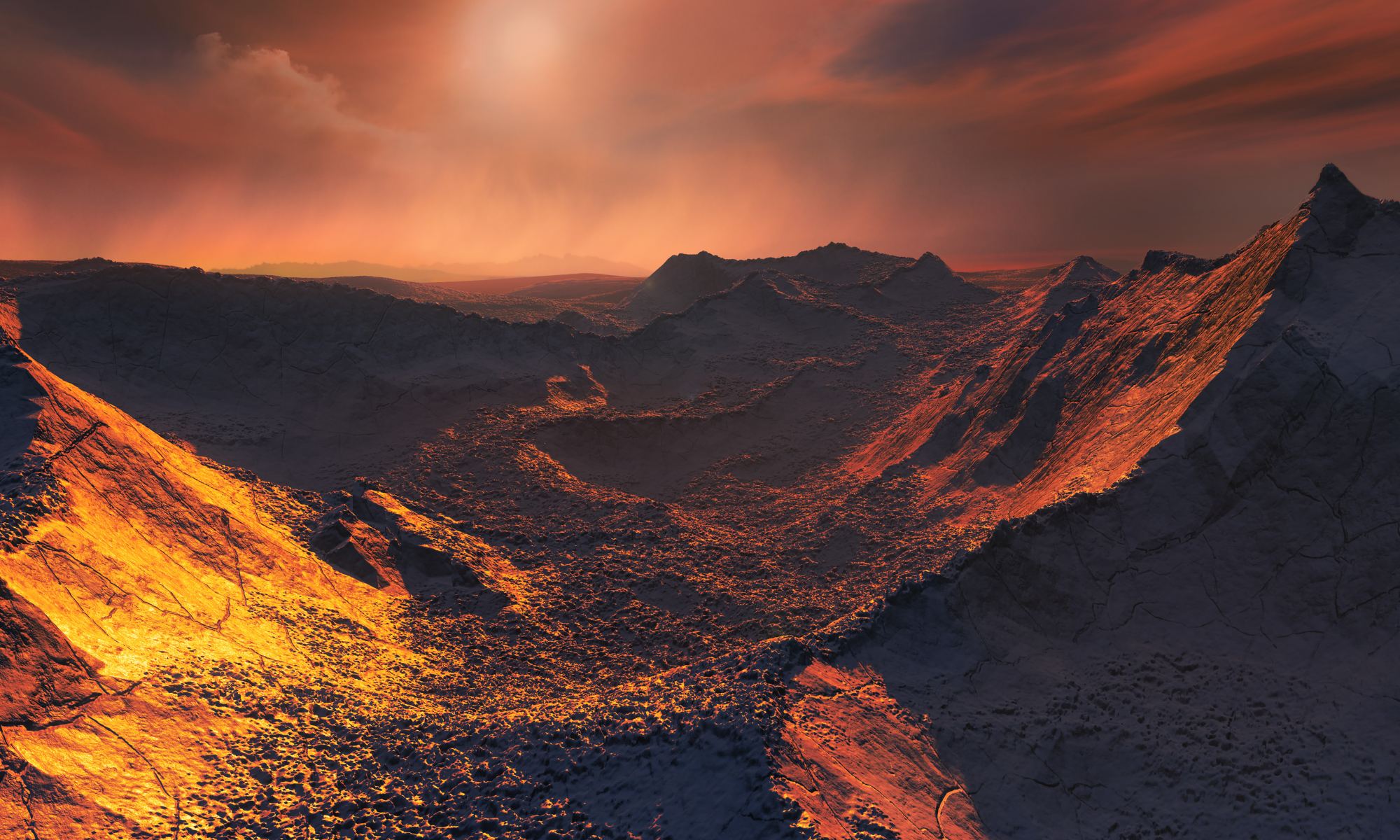Astronomers have found a new Super-Earth orbiting an M-dwarf (red dwarf) star about 137 light-years away. The planet is named TOI-715b, and it’s about 1.55 Earth’s radius and is inside the star’s habitable zone. There’s also another planetary candidate in the system. It’s Earth-sized, and if it’s confirmed, it will be the smallest habitable zone planet TESS has discovered so far.
Continue reading “A Super-Earth (and Possible Earth-Sized) Exoplanet Found in the Habitable Zone”TESS Finds Eight More Super-Earths

NASA’s Kepler spacecraft has discovered most of the confirmed exoplanets that we know of. But its successor, TESS (Transiting Exoplanet Survey Satellite), is catching up. New research announces the validation of eight more TESS candidates, and they’re all Super-Earths.
Continue reading “TESS Finds Eight More Super-Earths”
